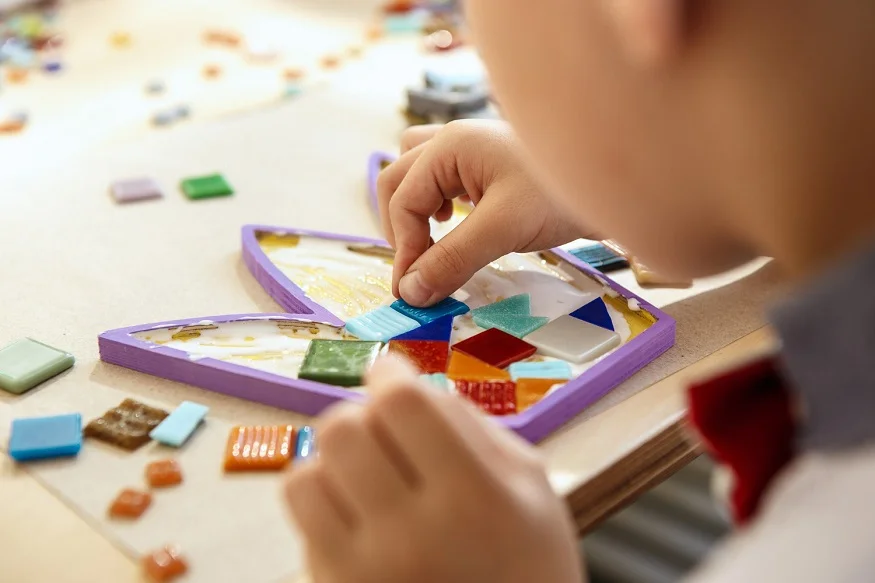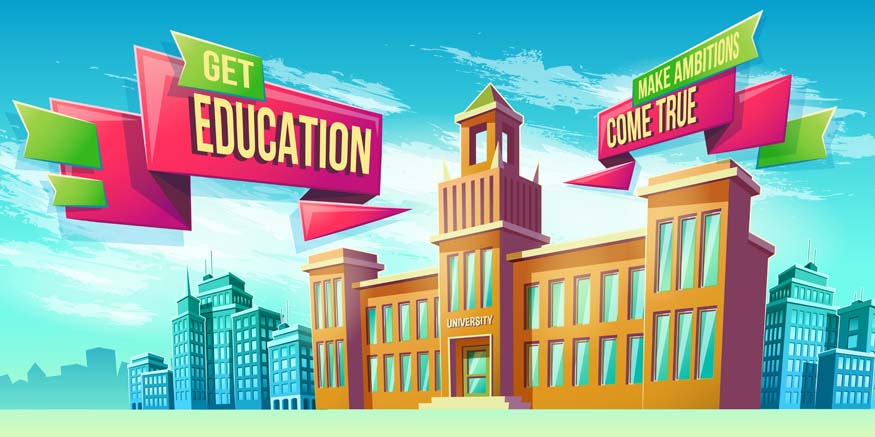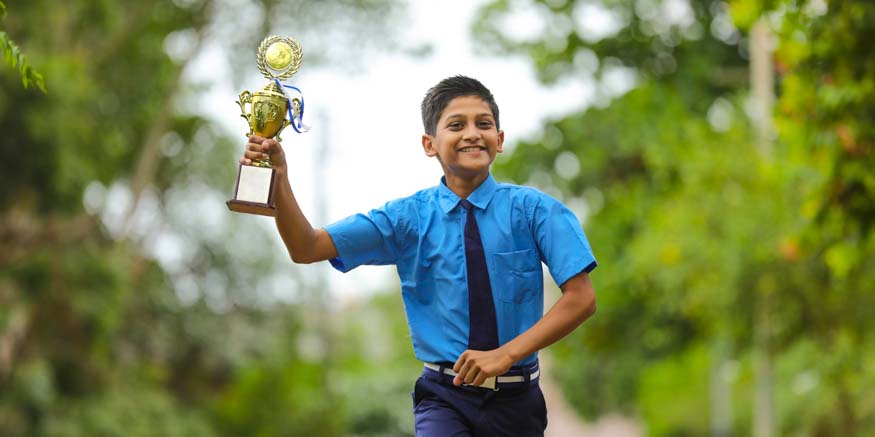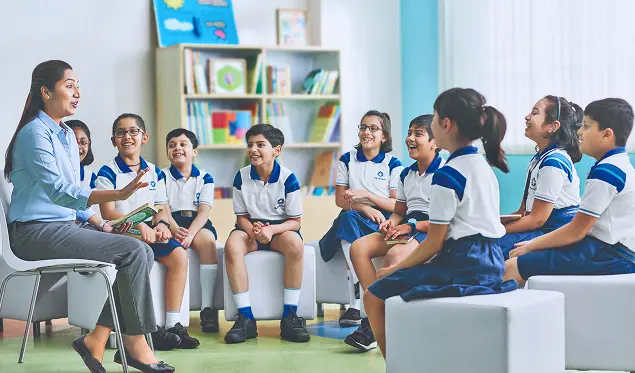Kinesthetic learning, often called tactile learning, is all about getting hands-on and active when learning new stuff. Instead of just sitting and listening to someone talk or watching things, it’s about doing and moving. It’s one of the big three ways people learn, right up there with visual (learning by seeing) and auditory (learning by hearing). These three styles make up what’s known as the VAK learning styles model.
Kinesthetic Learning Meaning
Kinesthetic learning emphasises engaging the body in activities as a method of learning. Kinesthetic learners are those who learn best through movement and doing. This style of learning involves the use of one’s physical body, sense of touch, and fine motor movements to understand and process information. These learners typically have excellent hand-eye coordination and dexterity.
Examples of Kinesthetic Learning
Here are some examples of Kinesthetic Learning:
- Science Experiments: Conducting hands-on experiments to understand scientific concepts.
- Math Manipulatives: Using blocks, beads, or other objects to solve mathematical problems.
- Role-Playing: Acting out historical events, literary scenes, or social situations.
- Educational Games: Participating in games that require physical movement, like Simon Says for following directions or hopscotch for maths practice.
- Model Building: Creating models to represent scientific or geographic concepts, like a volcano or a map.
- Interactive Field Trips: Visiting museums, historical sites, or nature parks where students can physically engage with the material.
- Art Projects: Engaging in arts and crafts that relate to the subject matter being taught.
- Dance and Movement: Using dance or body movement to express ideas or concepts, like creating a dance routine to represent a life cycle.
- Physical Activity to Teach Concepts: Using physical movement, like jumping or clapping, to learn spelling, counting, or memorisation tasks.
- Cooking Classes: Following recipes and cooking to learn about measurements, chemistry, and cultural studies.
- Gardening Projects: Using gardening to teach about plant biology, life cycles, and the environment.
- Sports-Based Learning: Incorporating elements of sports or physical education to understand concepts like physics, teamwork, or strategy.
- Puzzle Assembly: Solving puzzles to improve spatial awareness and problem-solving skills.
- Interactive Writing: Writing on a large whiteboard or using magnetic letters to form words and sentences.
- Textured Reading Materials: Using books with textured pages or pop-up elements for younger learners to make reading a tactile experience.
Also Read: Teaching Methodologies in ICSE Board Schools for Young Learners
Signs Your Child Might Be a Kinesthetic Learner
Identifying whether your child is a kinesthetic learner can be incredibly helpful in supporting their educational journey. Here are some signs that might indicate your child is a kinesthetic learner:
- Preference for Hands-On Activities: Kinesthetic learners typically prefer activities where they can use their hands and engage physically. They may show more interest in building, creating, or assembling things rather than just reading or listening.
- Movement and Restlessness: These children often have difficulty sitting still for long periods. They might fidget, squirm, or get up frequently during activities that require them to remain seated.
- Physical Expression: Kinesthetic learners often use body language and hand gestures to communicate. They might express themselves more through actions than words.
- Excellence in Physical Activities: Many kinesthetic learners excel in sports, dance, or other activities that require good coordination and body awareness. They might show more enthusiasm for physical education classes than other subjects.
- Enjoyment of Textures and Tactile Experiences: These learners often like to touch objects and are drawn to tasks involving tactile sensations. They might prefer hands-on learning tools like clay, building blocks, or interactive models.
- Difficulty with Long Lectures or Traditional Teaching Methods: Kinesthetic learners might struggle to maintain attention during lengthy lectures or passive learning environments. They often learn better when they can actively participate or move around.
- Use of Movement to Think or Memorise: They may use movement as a tool for thinking or memorising. For example, walking around while reciting something or using hand gestures to remember points.
- Strong Sense of Physical Space: Kinesthetic learners are often good at tasks that require spatial awareness, like puzzles or constructing models.
- Preference for Trial and Error Learning: They tend to learn more effectively through trial and error, rather than passive observation or listening.
- Tendency to Touch People While Talking: They might touch someone’s arm or shoulder during conversation as a way to communicate more effectively.
Also Read: Teaching Methodologies in CBSE Board Schools for Young Learners
Strategies to Boost Kinesthetic Learning
Boosting kinesthetic learning involves incorporating physical activities and hands-on experiences into the learning process. Here are some effective strategies that can help kinesthetic learners thrive:
- Interactive Lessons: Design lessons that include physical activities. This could be as simple as using gestures to illustrate a point, or as involved as setting up a role-playing exercise to simulate a historical event.
- Hands-On Projects: Encourage projects that involve building, creating, or assembling. For example, in a science class, learners could construct models of cells or conduct experiments.
- Physical Activity Breaks: Integrate short movement breaks into longer periods of instruction. This could be a quick stretch, a brief walk, or a series of physical exercises to re-energise and refocus.
- Use of Manipulatives and Models: Employ physical objects to explain abstract concepts, especially in subjects like mathematics and science. This could include using blocks to demonstrate mathematical operations or models to illustrate scientific principles.
- Incorporate Technology: Use interactive technologies such as touch-screen devices or educational video games that require movement or manipulation.
- Learning Through Doing: Encourage learning through direct experience. For example, if teaching about nature, take learners on a field trip where they can physically interact with the environment.
- Encourage Note-Taking by Drawing or Diagramming: Instead of just writing notes, kinesthetic learners might benefit from drawing diagrams, charts, or doodles that relate to the lesson.
- Use Role-Playing or Simulations: These methods are particularly effective for subjects like history or literature, where students can act out scenarios or embody characters.
- Incorporate Physical Exercises into Learning: For example, use physical movement to learn spelling (jumping for each letter) or maths (stepping forward for each number counted).
- Teach with Real-Life Examples: Use real-life scenarios to teach concepts. For instance, teach fractions by cutting a cake or pie.
- Group Work and Collaborative Projects: Encourage working in groups where kinesthetic learners can be more physically engaged and interact with peers.
- Encourage Physical Expression of Ideas: Allow students to express their understanding of a concept through movement or building something that represents their understanding.
Also Read: Benefits of Visual Learning and Communication in Education
By integrating movement and tactile experiences into educational activities, EuroSchool greatly enhances the learning experience of kinesthetic learners.









